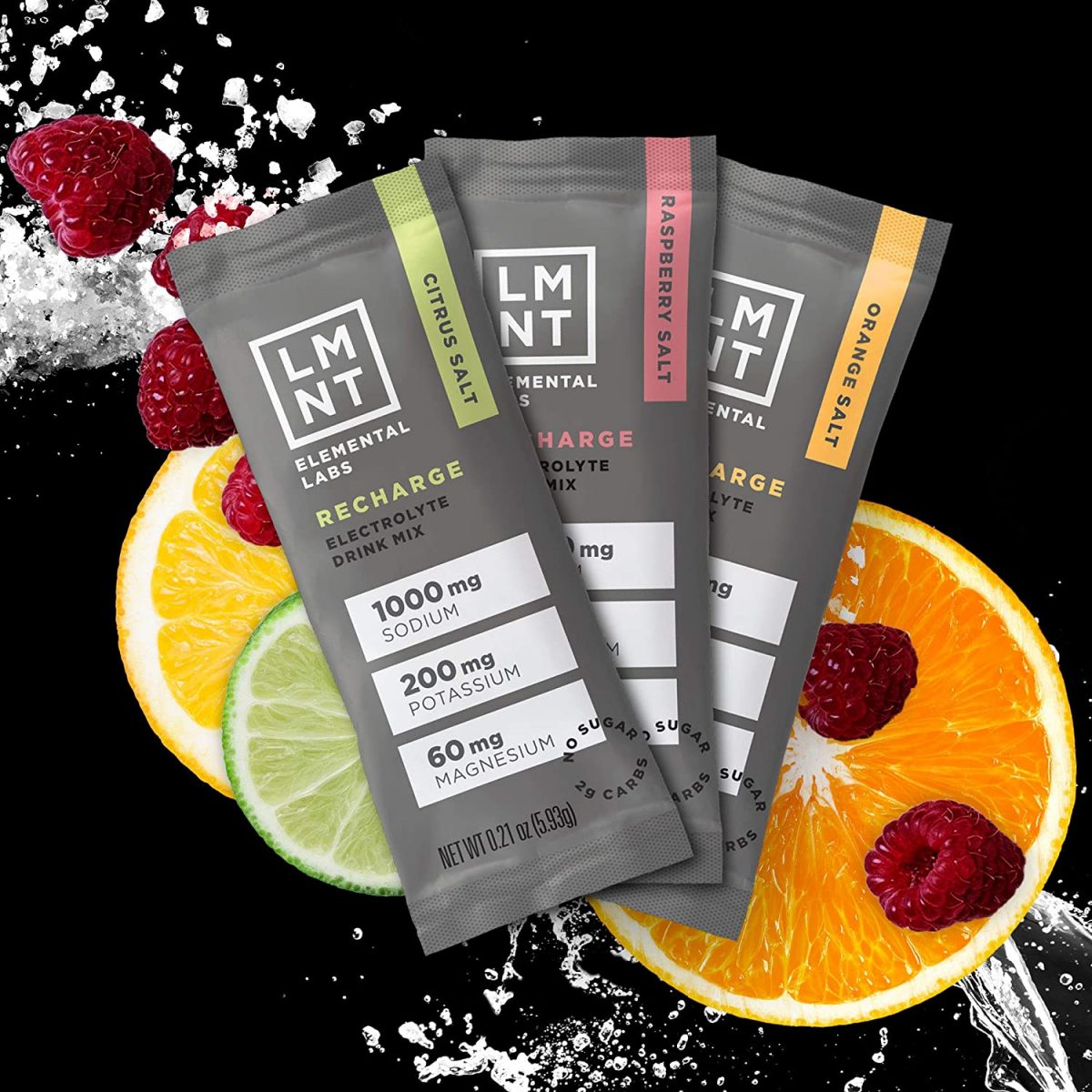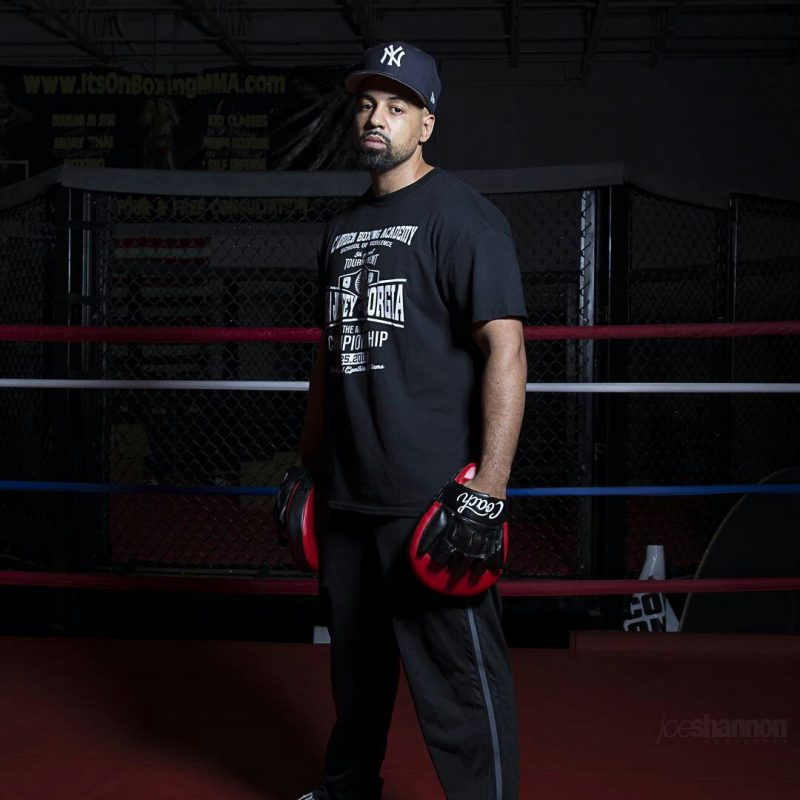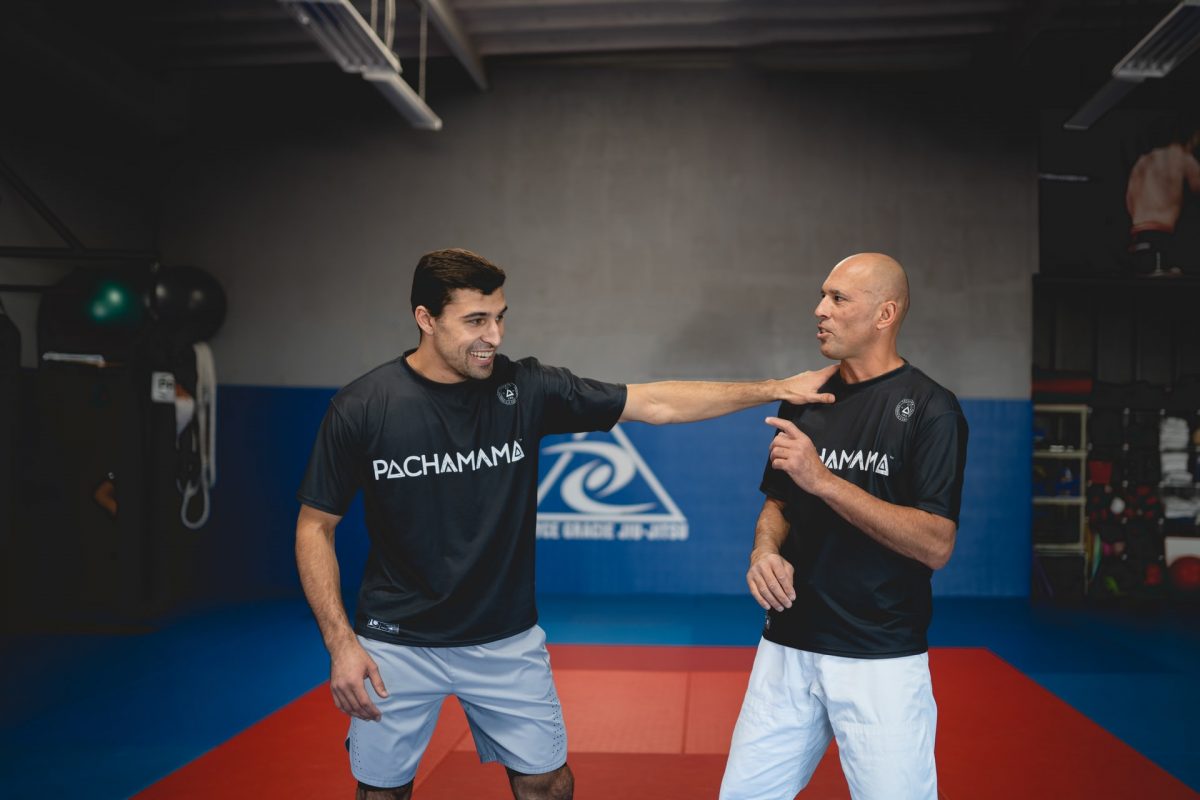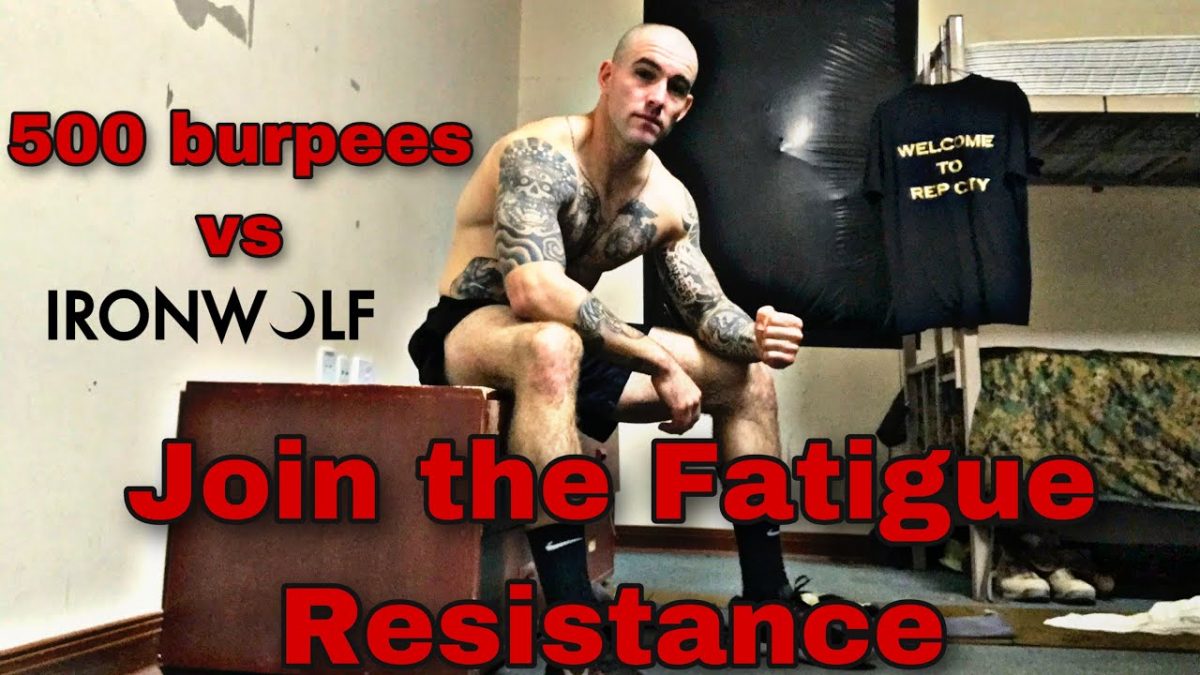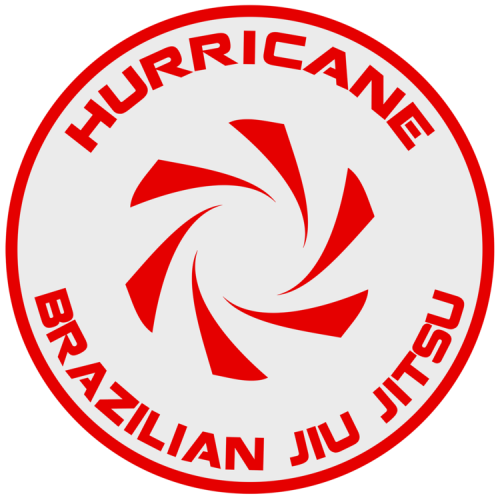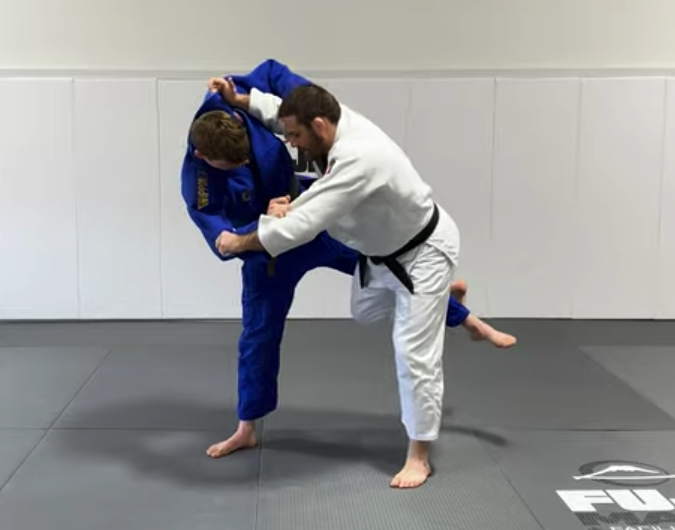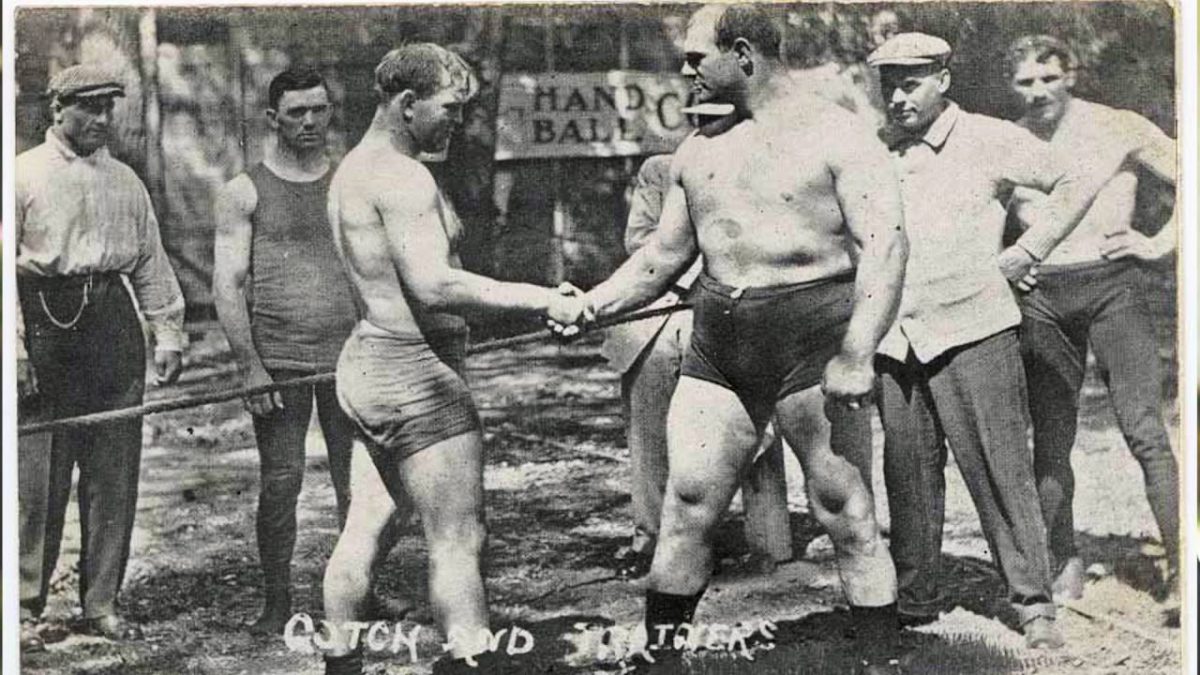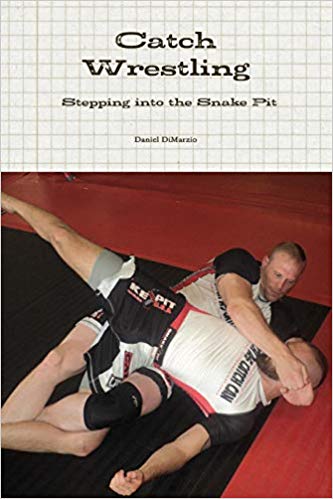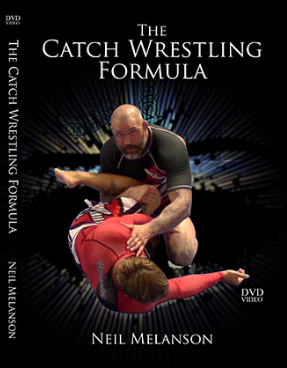
BJJ Mind Map: Gi – Failed Scissor Sweep Options
LMNT Electrolytes Review
I started looking for supplements to aid in my jiu jitsu recovery last year when I felt like I was gassing out too quickly during rolls, and feeling spent well into the night and the next day after a tough class.
What I was feeling after hard rounds was not only exhaustion, but I started having heart palpitations, and these would wake me up at night after training.
These palpitations were concerning, not only did it make it difficult to sleep but I began to wonder if there was something more concerning going on with my heart health.
I saw my doctor about it and he assured me that my blood pressure and heart rate were good. I also was fortunate to have a friend who is a fireman who had access to an EKG machine, he took a reading for me and also corroborated that there didn’t seem to be anything wrong with my heart.
But still the issue with the palpitations (and heart racing in general) persisted. I also felt thirsty much of the time (though I drank a lot of water) and had general fatigue.
Another friend of mine suggested looking into taking electrolytes to counteract some of these symptoms, and gave me a packet of LMNT to try.
According to several people I talked to (and Google), electrolyte imbalances could cause the symptoms I was having, irregular heart beats, fatigue, etc.
I added the LMNT packet to a 32 oz bottle of water and drank it after training. The difference I felt was immediate.
- I had no symptoms of a racing or irregular heart beat
- I felt replenished and energized
- I did not feel dehydrated
- I was able to get a good night’s sleep
(As an aside I also drink a 32 oz bottle of water with LMNT after I’ve had a few beers, and it helps me get a good night’s sleep and wake up feeling pretty good the next day).
After having such good results with LMNT I looked up the company, and found out that it was founded by Robb Wolf. I was surprised I didn’t realize this initially, since I have followed his online presence in the past. For those who don’t know, Robb is a jiu jitsu practitioner, paleo proponent and a former biochemist.
He created LMNT to aid in his own jiu jitsu recovery. The available electrolyte drinks on the market prior to LMNT had too much sugar, and not enough actual electrolytes.
LMNT is created with a proprietary blend of sodium, potassium and magnesium.
They even list how to create your own electrolyte blend on their website if you want to try it to make it yourself.
If you’re struggling with fatigue, dehydration, or a racing heart beat from hard training you should try LMNT, it helped me tremendously, and I’m sure it could help you.
Quarantine Conditioning: Shadowboxing and Heavy Bag Workouts
Now that we’re into the winter months COVID cases are ramping up in most places. The pandemic continues to make training difficult for most people. If you’re having trouble getting any jiu jitsu training in, and are looking for workouts to keep yourself in shape, have you looked into getting a heavy bag?
Benefits of Heavy Bag Workouts
We all know how difficult it is to get a cardio workout that carries over to jiu jitsu without actually rolling, but engaging in a heavy bag workout can help cross that bridge. This isn’t an article covering top-game drills for the heavy bag, those are of course very beneficial. Rather this article will discuss boxing workouts to help increase your cardio and endurance for jiu jitsu.
Heavy bags offer numerous benefits:
- Enhance aerobic fitness in a way similar to rolling. More steady-stream methods of cardio like running lead to a consistence cadence with steady breathing. Conversely, training on a heavy bag causes rapid and varied breathing, similar to a fight
- Improves arm and shoulder strength and endurance. This will help to strengthen your yoke and help your frames for jiu jitsu
- You’ll learn timing, and how to properly throw a punch
- Your hands will get stronger from multiple repetitions of hitting the bag. You will develop “heavy hands”
- You’ll develop good leg/hip mechanics if you perform proper footwork
Are Martial Arts Instructionals Worth It?
Are Martial Arts Instructionals Worth It?
We’ve all been there. Surfing the internet looking to find a new technique for a martial art. Then, we run across a DVD advertisement or video that claims it will make us the best martial artist that ever lived. The instructor promises to show us all his or her secrets. Too good to be true?
Maybe, but it depends…
Instructional videos offer a lot, but do they deliver? When should you try one? When should you stay clear?
The last thing you want is to add a(nother) DVD to your shelf that will simply collect dust, or even worse, make you a bad martial artist.
Let’s take a look at how martial arts instructionals can aid your development and make you a better martial artist.
Reasons to learn a martial art from instructional videos
There is no shame from learning from a video. In fact, there are some pretty good reasons you might want to learn this way.
You might learn from an instructional because access to your desired art is limited in your particular area. Likewise, your schedule might not permit regular training when classes are available locally. In these situations, video instruction might be the next best available option for you.
For many people, a DVD instructional is simply a good way to learn a new technique or supplement their training when they are away from the dojo. While the COVID pandemic forced everyone to start training from home, sometimes injuries or life prevent us from training too. In these cases, a DVD can keep your mind in the game while you are unable to train.
How to evaluate a martial arts DVD.
When you are looking for a DVD to learn a martial art it can be hard to sort through the good from the bad. It is important that you evaluate an instructional to determine if it is appropriate for your needs.
For instance, if you are looking to buy BJJ DVDs, you should first look at the instructor’s background and pedigree. Second, has the instructional been reviewed online or in magazines? The production date is also important as modern jiu jitsu instructionals tend to have much better production quality than older ones. As a general rule of thumb, any instructional produced before 2000 is probably not worth watching, unless there is some historical or other notable reason to watch it.
There are so many bad instructionals with good marketing. Do not get fooled.
The final analysis requires you to use good judgement. Do not fall into the marketing hype.
Continue reading “Are Martial Arts Instructionals Worth It?”Iron Wolf: Quarantine Conditioning Without Equipment for Jiu Jitsu
With COVID numbers on the uptick and closures beginning again it’s a good time to revisit jiu jitsu conditioning when you can’t get on the mat.
I spent a few months of the pandemic working the StrongLifts program, which yielded some nice results. I was able to increase my strength in all of the major lifts, most noticeably on my deadlifts.
This program did equate to improvements in jiu jitsu. When I was able to train again my muscles didn’t fatigue quite as fast as they had in the past. This was a major win as I hadn’t trained jiu jitsu in many months during the initial pandemic shut down.
I still wasn’t happy with the results though. My cardio was still awful. I gassed out quickly on my first rolls, my heart rate skyrocketed, and I wanted to tap out from simply not being able to breath.
This really concerned me. If I couldn’t maintain some semblance of “fighting shape”, even when I couldn’t train jiu jitsu, then what use would jiu jitsu be if I were to get into a real self defense situation?
Continue reading “Iron Wolf: Quarantine Conditioning Without Equipment for Jiu Jitsu”Hurricane Jiu Jitsu Podcast
With the quarantine keeping us all in lock down we’ve all been looking for ways to keep in touch with our jiu jitsu practice. My instructor, John Lawrence, has been posting regular YouTube content, and even started a new podcast. You can listen here where he talks about a variety of topics including street vs sport jiu jitsu, solo drills, his own journey through jiu jitsu and updates about the school.
YouTube has turned out to be a great way for schools to keep in touch with their students. It helps to keep the camaraderie and enthusiasm up with the members and seeing new content is something that I personally really look forward to.
Check out Hurricane’s YouTube channel for more content.
How Has The Coronavirus Affected Your Training?
With the world on lockdown (crazy to think that we can legit type that sentence) it was only a matter of time before the coronavirus pandemic impacted our training. At this time scientists are still scrambling to understand what the coronavirus is, who it impacts, to what degree and what can be done about it. As a precautionary measure governments world-wide are instituting mandatory quarantine procedures. Here in the states local elementary, middle and high schools are shutting down for a minimum of two weeks (and potentially moving to remote learning when school goes back in session), companies are sending employees home to work remotely, and events of all sizes are getting cancelled.
The academy I train at is closing its doors for two weeks, and possibly longer depending on what happens with the nationwide quarantine. I know that many other academies are doing the same. FaceBook is filled with posts announcing temporary academy closings.
So this has got me (and probably you and everybody else) wondering what can be done to keep our conditioning in shape while we’re off the mats. Being furloughed from training does suck, but it actually opens up some opportunities to get stronger while away from grappling.
Continue reading “How Has The Coronavirus Affected Your Training?”
Secret Judo Skills For Jujitsu Situations – Travis Stevens Judo Techniques
This video popped up on my YouTube feed today. Steven starts off the video with a great point where he is talking about what the best throw is for a transition to the ground for BJJ. His point is that it depends on what kind of a player you are. Depending on if you are more comfortable playing top position vs bottom will dictate what kind of throws you’d use to get you to that position.
He also talks about the degree of physical exertion and conditioning that is required to really throw someone. As he says, you’re trying to throw someone 180lbs (or more) who is fighting the whole time to not land on their back. This requires a ton of effort.
The setup that he uses in this vid is an Uchi Mata to a foot sweep to an ankle pick. It’s not only a nice combination, in my opinion a foot sweep is less physically exhausting than a throw, single leg or double leg take down. The combination he shows here is nice in that it leads your partner down a path where they have to give up the foot sweep if you do it right. This takedown finishes with you in a good top position.
The second takedown he shows will land you in an advantageous guard position in the event that the takedown doesn’t work. He calls it a “safe guard pull that could potentially be a takedown”.
Check it out:
Catch Wrestling: Countering De La Riva with Leg Locks
Catch wrestling is a brutal combat style of grappling developed in England during the 1870’s. It was used by laborers and dock workers to pass the time at work, and picked up by sailors who traveled the world, collecting techniques which helped to grow the style. It has roots in various wrestling styles including Irish Collar and Elbow wrestling, and is also known as “Catch-as-Catch-Can”. Catch-as-Catch-Can refers to the way that catch wrestlers will attempt to grab any submission available. This approach to submission hunting differs from the typical jiu jitsu approach, in that a jiu jitsu practitioner typically aims to establish control prior to hunting for submissions, while a catch wrestler’s approach is to explosively grab for submissions from any position. This approach can take other wrestling styles off guard, and open up opportunities for other submission attempts based off the reaction of their opponent in these attempts.
Catch wrestling found it’s way to America where it was used in carnivals as a type of entertainment combat sport, and today professional wrestling tips it hat to catch wrestling. In Brazil during the heyday of Vale Tudo Catch Wrestling was used effectively by Luta Livre fighters against jiu jitsu fighters. Catch wrestling emphasizes inflicting pain and pressure on a fighter’s opponent to cause them to move in a way that the catch wrestler can take advantage of. Kazushi Sakuraba famously used his catch style to defeat Royce, Royler and Renzo Gracie.
Neil Melanson is a huge proponent of Catch wrestling, and I’ve written about his instructional material here before. His approach to grappling is novel if you come from a pure jiu jitsu background, and well worth checking out.
Today one of my team mates sent me the video below from the Snake Pit. Here we see how to counter the De La Riva with leg locks. There is a nice heel hook and toe hold available when you’re stuck in a De La Riva guard. After seeing the techniques in this video I was struck by the simplicity of the submissions, and was surprised at how obvious they were as options, and also how I had failed to see them in spite of the many times I’ve been caught in De La Riva.
Check out the video below to learn more:


